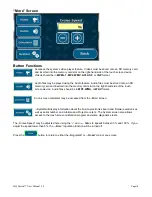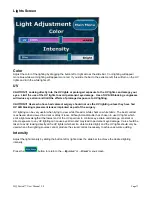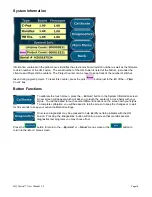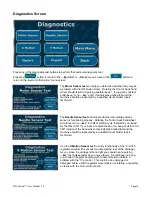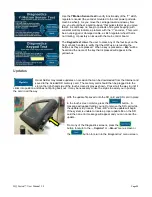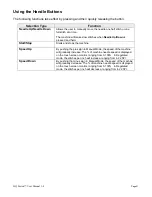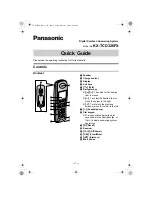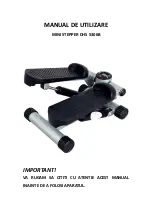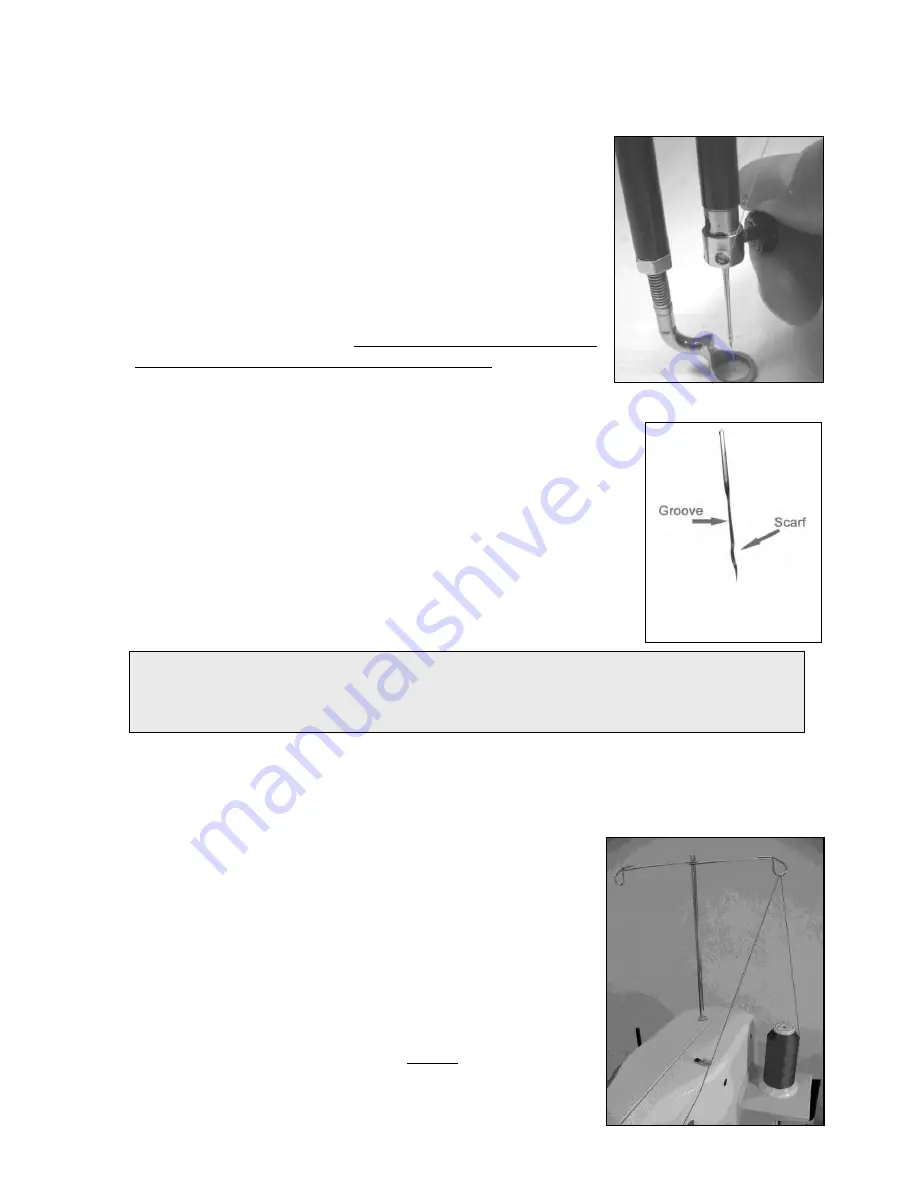
HQ Fusion
™
User Manual 1.0
Page 6
Inserting (or changing) the Needle
Check that all power is turned off.
1.
Move the needle bar to the highest position by turning the
front or rear hand wheel or pressing the needle up/down
control on the handles (prior to turning the power off).
2.
Loosen the needle-bar-clamp thumb-screw (see Photo 4).
3.
With the scarf (small ground-out section/dip on the back
side of the needle just above the needle eye) facing
toward the back hand-wheel side of the machine, and the
long groove down the front of the needle facing the bobbin
case side (see diagram E), push the needle all the way up
into the needle bar – until it can go no farther.
4.
Carefully
tighten the needle bar clamp screw. Over-tightening
the needle-clamp screw will result in damaged threads
stripping the hole. Stripped holes and damaged threads are
not covered under warranty. Another side-effect of damaged
threads from over tightening is that the needle may be very
tight when inserted up into the needle bar. To avoid over
tightening the screw,
finger tighten only
.
Note:
Changing the needle is recommended for each new quilt
loaded on the machine or any time the needle becomes bent, dull
or burred.
Adjusting the Hopping Foot
The foot is adjusted at the factory and should not be moved without consulting the
manufacturer.
Installing the Thread Mast
Locate the threaded hole on top of the machine near the
rear by the hand wheel. The thread mast comes with the
washer and nut on it. Remove the nut and washer, replace
the nut onto the mast and then place the washer under the
nut and onto the machine painted surface. The washer
protects the painted surface when the nut is tightened.
Tighten the mast clockwise until it is securely in place. Use
the nut to secure the mast to the machine.
Note:
The eyelets of the thread mast MUST be centered
over the spool pins – so the cone will not pull, turn or tilt
causing thread tension problems (see Photo 5).
Important: Check the needle to confirm it is fully inserted. The needle bar has a stop/sight
hole above the needle bar clamp screw – make sure the needle is touching the top of the
stop/sight hole. If it is not, the machine timing will be off and it may be possible for the
needle to collide with internal parts causing damage not covered by warranty
.
Photo 5
Diagram E
Photo 4

















